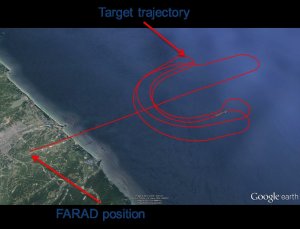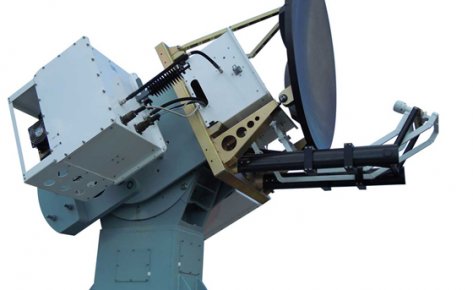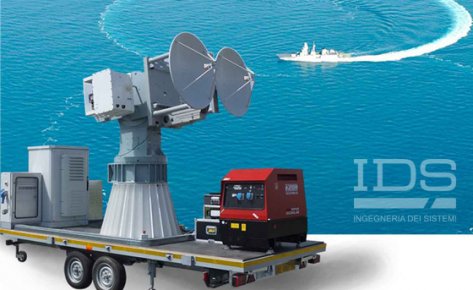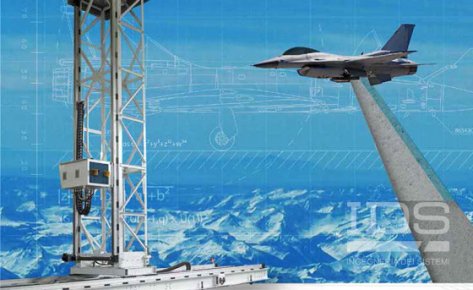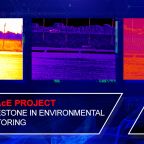When using a static measurement system, such as anechoic chambers, near-field test ranges and compact ranges, the target is measured in static conditions on the ground, which is essential for comprehensive verifications and during the development phase. However, it is a time consuming activity, logistically demanding and, above all, not representative of a real scenario or mission (air loads deflecting the wings upwards, instead of downwards, aircraft manoeuvring etc.). Therefore, a dynamic measurement system should be utilised for an effective final verification of an aircraft RCS in real operational and mission conditions.
The use of a dynamic measurement system is not solely limited to use during the development of new projects, but can also be used during ordinary life-cycle maintenance and during pre-mission checks. This is true for multiple aircraft types, rotary and fixed wing, manned and unmanned. In fact, new generation aircraft such as the F-35 have very low RCS levels, which can easily be degraded by minor damage to the radar absorbing paint covering parts of the aircraft, or by badly maintained structural junctions. An unexpected RCS degradation could lead to a large reduction in an aircraft’s survivability during a mission in enemy airspace. Therefore, the availability of a low logistical impact, easy to use dynamic measurement system is crucial to guaranteeing the integrity of a fleet’s stealth capabilities, and reducing ordinary life-cycle maintenance.
IDS has developed a state-of-the-art dynamic RCS measurement system, FARAD, which is able to cope with the challenges of fifth generation aircraft, low RCS requirements and heavy maintenance, from the final design stage, up to life-cycle maintenance and pre-mission checks.
The system, which can either be used as part of a consultancy service, or supplied as a COTS product, is easily transportable and has a very low logistic impact. It takes just a few minutes from deployment of the system to it being ready to use and then just a few more minutes for an RCS assessment of the target. This means that the RCS assessment of a complete fleet is possible immediately prior to deploying the fleet on a mission in a critical scenario. FARAD can be installed in the proximity of a runway, with aircraft performing brief and simple trajectories around the system.


